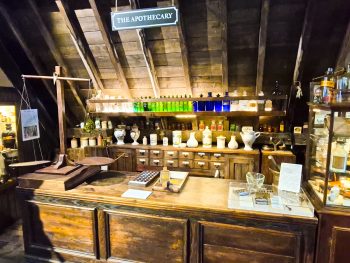
The Apothecary
With it’s array of bottle, jars, and cures
In an unassuming church barely noticed on a street in the shadow of towering companions sits a peculiar museum we’d been meaning to get to for ages. The Old Operating Theatre and Herb Garden sits in the garret (attic) of St Thomas’ Church, where it had lain forgotten (more or less) for decades after the coming of the railways forced St Thomas’s hospital to move. It had been used for the drying of herbs and the like by those at the hospital, but it’s most remarkable feature is the nineteenth century operating theatre left behind and restored to its original state.
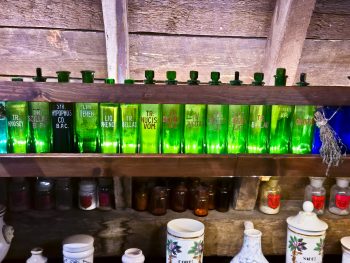
Green Bottles
Not on a wall
The only problem with visiting the museum is the tight, narrow spiral staircase which forms the access (so narrow a traffic light system operates so people don’t meet half way up/down). Once inside though it’s a compelling space, a deep aroma of the herbs mixed with the peculiar light coming into the attic space. The place is crammed with objects, from collections of ridged poison bottles to the collections of herbs and other plants once used by apothecaries. In one corner a collection of actual human samples carries a do not photograph notice, and a skeleton watches over to ensure you don’t. In another a plague mask mixes with blowfish, stuffed animals, and more and more jars and bottles.
Another corner holds possibly the most disturbing collection of medical instruments (and I include the collection of saws and knives showing the tools of the surgeons—actually little changed from modern, it’s the anaesthetic makes the difference)—those of childbirth; the forceps and other even worst looking pieces of metal, curved, hooked, serrated.
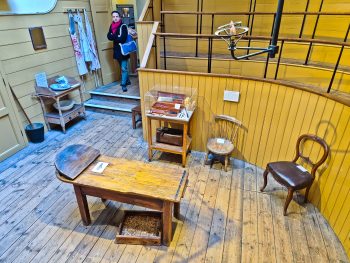
Bench And Seats
The surgeon may work seated
The highlight is of course the operating theatre itself. It’s a small space, cramped and enclosed. The original doors (which once led through to the women’s ward of the hospital) seem somehow over sized for the space. Opposite them, curved in a semicircle, cramped stands where students would have crammed in to watch proceedings, loom over the tiny operating table. Operations would have been rapid, painful, and quite possibly deadly, or crippling. Surgeons would wash up after performing (and sometimes it was a performance to the room), their blood covered aprons a token of pride. One gets a sense of all that standing there, looking down, imagining.
It’s not a long visit, but is packed with interest (more than one might expect) and was very good to fill up a morning when planning to do something else.
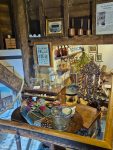
Crowded Table
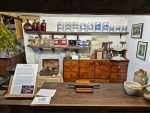
Jars And Drawers
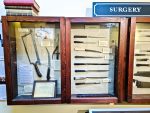
Knives And Saws
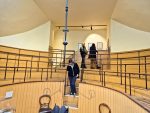
Viewing Galleries
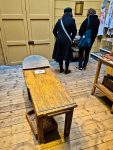
Operating Table
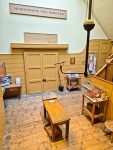
The Woman’s Theatre
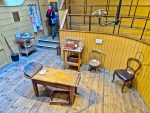
Bench And Seats
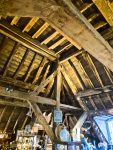
Garrit Roof
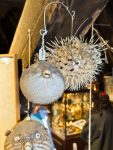
Blow FIsh
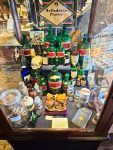
Poison Bottles
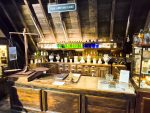
The Apothecary

Plague Mask
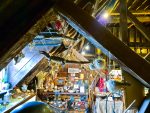
Crowded Garrit
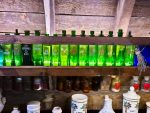
Green Bottles
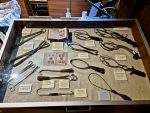
Birthing Impliments
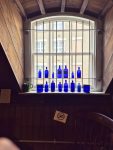
Blue Bottle Window
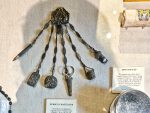
Chatelaine
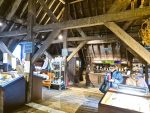
In The Attic
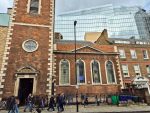
Comments and Pings